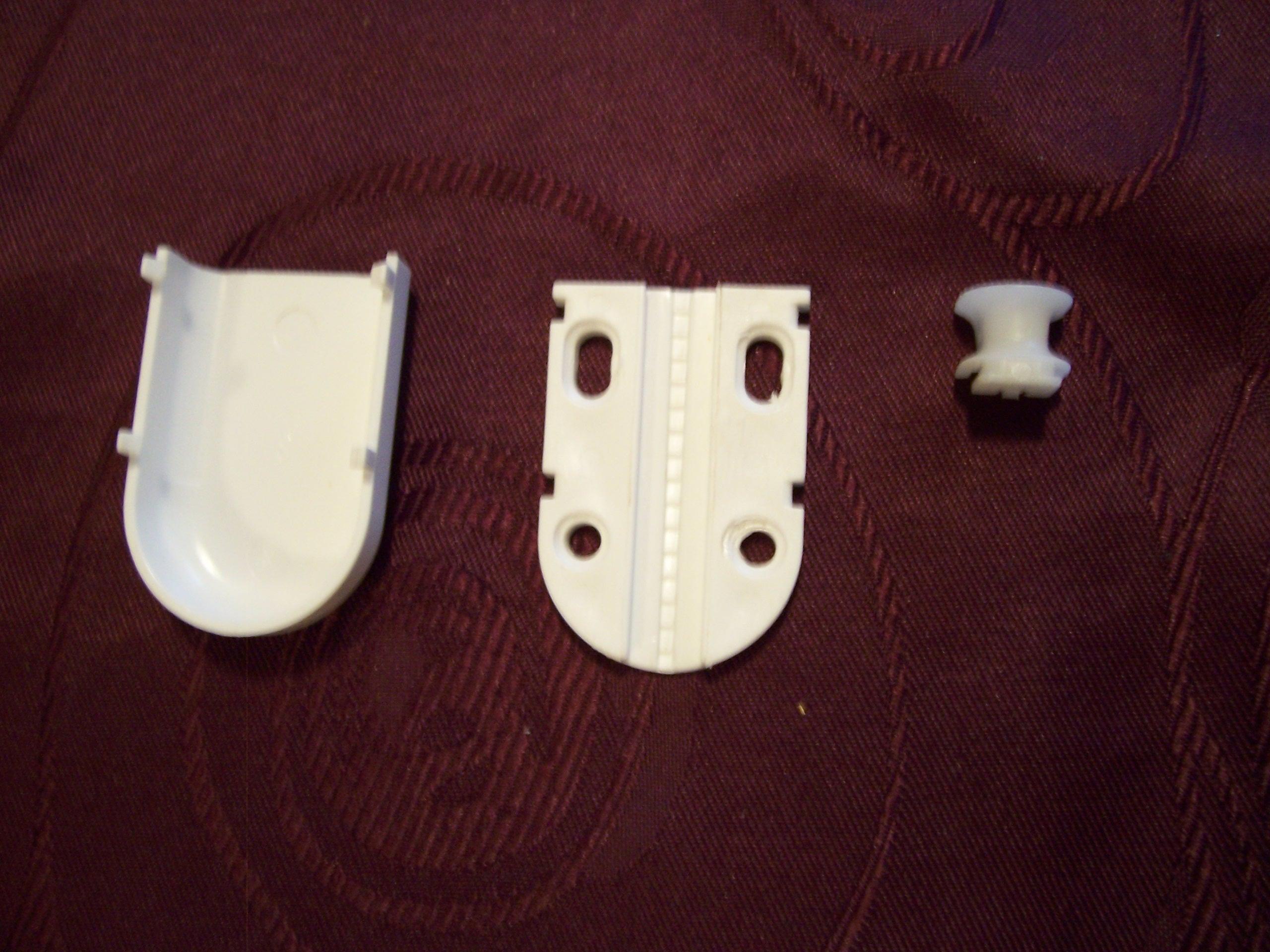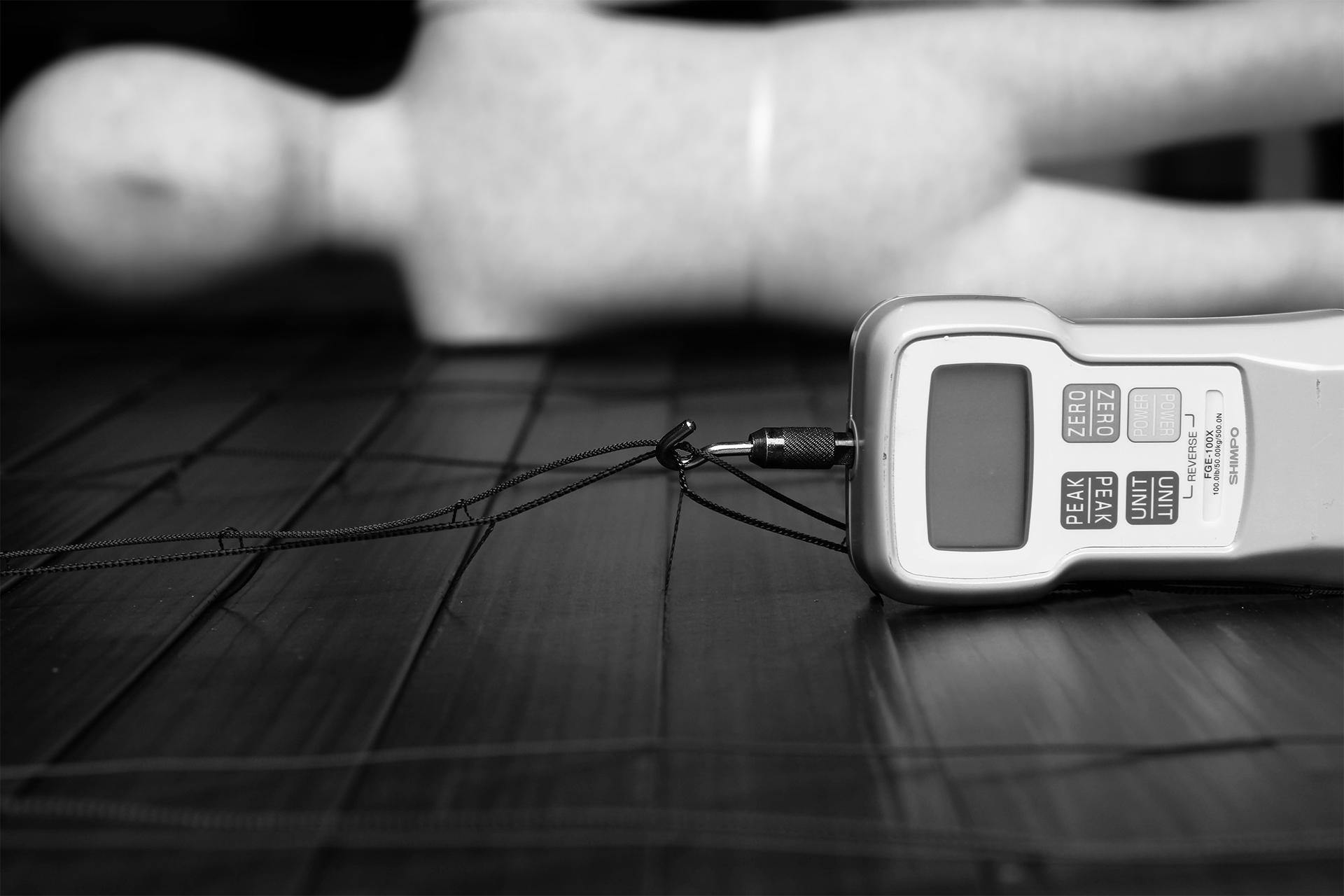Product Safety Testing
We want to introduce to you one of our product safety testing engineers, John Williamson. John has been with PFWBS for about 6 years now helping with testing in Australia and also in the United States.
John has found a tie down device in Australia that does not meet the Australian safety standards. Keep reading for his findings and also click the YouTube video below to watch him test the product and see why it doesn’t pass the test.
UPDATE ON PFWBS AUSTRALIA
2012 has been a big year for PFWBS in Australia. In March we took out the Western Australian governments Department of Commerce Kidsafe award. This was followed a month later by relocating from Karratha in the north west of West Australia to Clarkson, a northern suburb of Perth, the capital city of the state.
After arriving in Perth I was alarmed to see just how bad the corded window covering issue was in the city.
After visiting a hardware store which was just one of a national chain of super stores, I found that a product identical to the one that was involved in the death of my granddaughter Meesha in 2006 was on sale. This was in a bin marked as a safety device for children.

After seeing this I asked to speak to the centre manager. On raising the issue with her and demonstrating the problem she immediately withdrew all of that stock from sale. She then agreed to raise this with her companies head office in Melbourne. A few days later I was contacted and advised that their product safety person was looking seriously into the matter. The following Friday I was again contacted and told that the companies supplier had been spoken to and they maintained that the product met with the mandatory standards introduced into Australia in July 2011, but that the stores supply would remain off the shelves pending further investigation. Knowing that I had not only tested a number of these devices and not one met the regulated standard, I had videotaped the testing. As such I dropped a copy of that testing onto a thumb drive and took it to the store. Unfortunately as it was late on the Friday afternoon the manager had left for the week end, however I was permitted to leave it on her desk. The following Wednesday the manager again contacted me and told me that on receipt of the copy of the testing, the company had immediately ordered withdrawal from sale of this product nationally. They also again contacted their supplier who admitted that they had only ever tested one device, but maintained that that one passed the test. The supplier was advised to conduct proper testing and to furnish their results to the company. Until they can prove that their product can meet the standard it will remain off the shelves. Following all of my testing I am confident that it will not pass and this will be followed by a national recall in the coming months.
I can say that I am impressed how serious the company, Bunnings took very quick action on this matter. I have been trying to get this product banned through regulatory bodies since 2006. Although each individual spoken to agreed there was a problem, as a body nothing was done.
The item in question I believe is supplied around the world. It is intended to safely restrain looped cords and beaded chains and stop these being a danger to children. It is a small D shaped item that is made up of three parts. A base plate that has 4 screw holes to affix it to the wall, a small cord holding device which slides down a series of teeth intended to tension the cord and a top cover which just clips over the top. The problem with this device is that little fingers can easily remove the top cover to expose the cord and it does not take much effort from a child to dislodge the centre cord tensioning device. This raises two serious issues, once dislodged, the dangerous looped cord is again presented and the dislodged part presents a choking hazard to small children.
From experience it is often sold in the same bin a an almost identical device that is far safer and the cord holding device is moulded into the base plate, as such it cannot be dislodged, further to this, the top plate has either one or two screw holes to ensure that the cover cannot be removed by little fingers. The box / bin this is sold in bears a picture of the safer device which has the screw holes, as such this also could present issues of false and or misleading advertising.
I will advise of the outcome when I receive the word.
John Williamson
PFWBS Australia.

